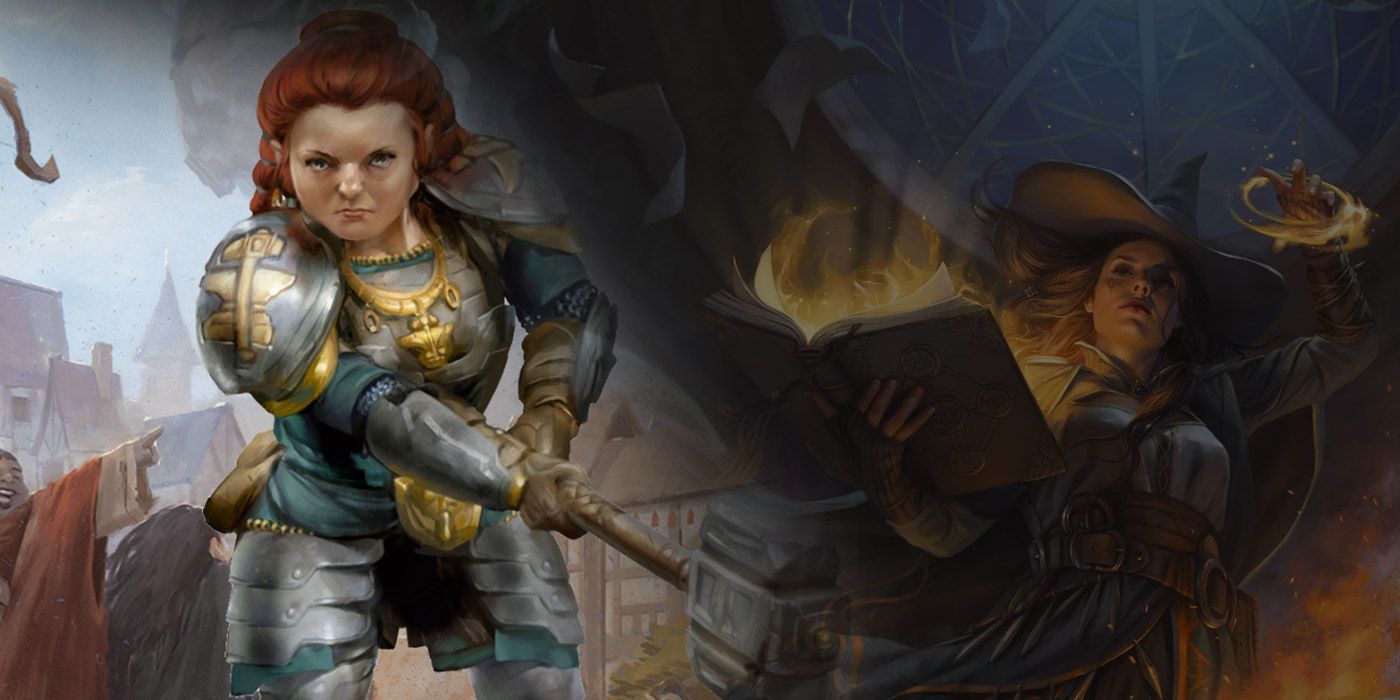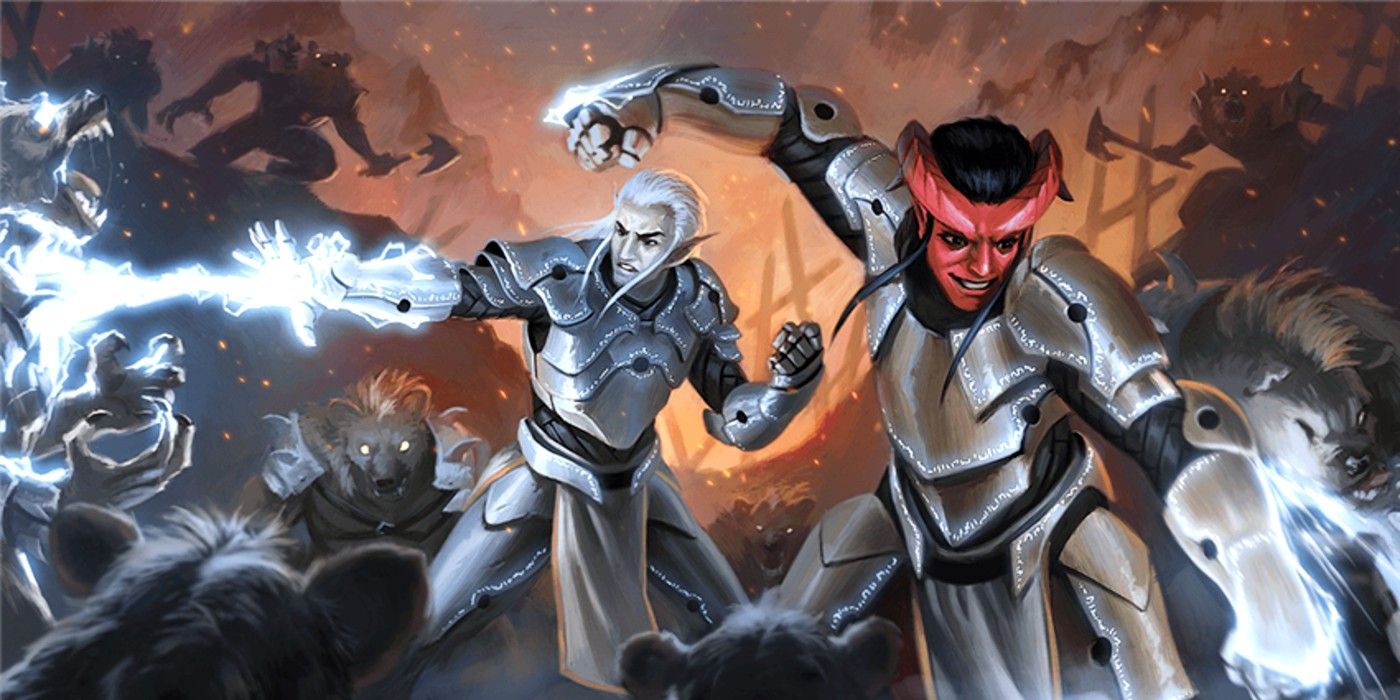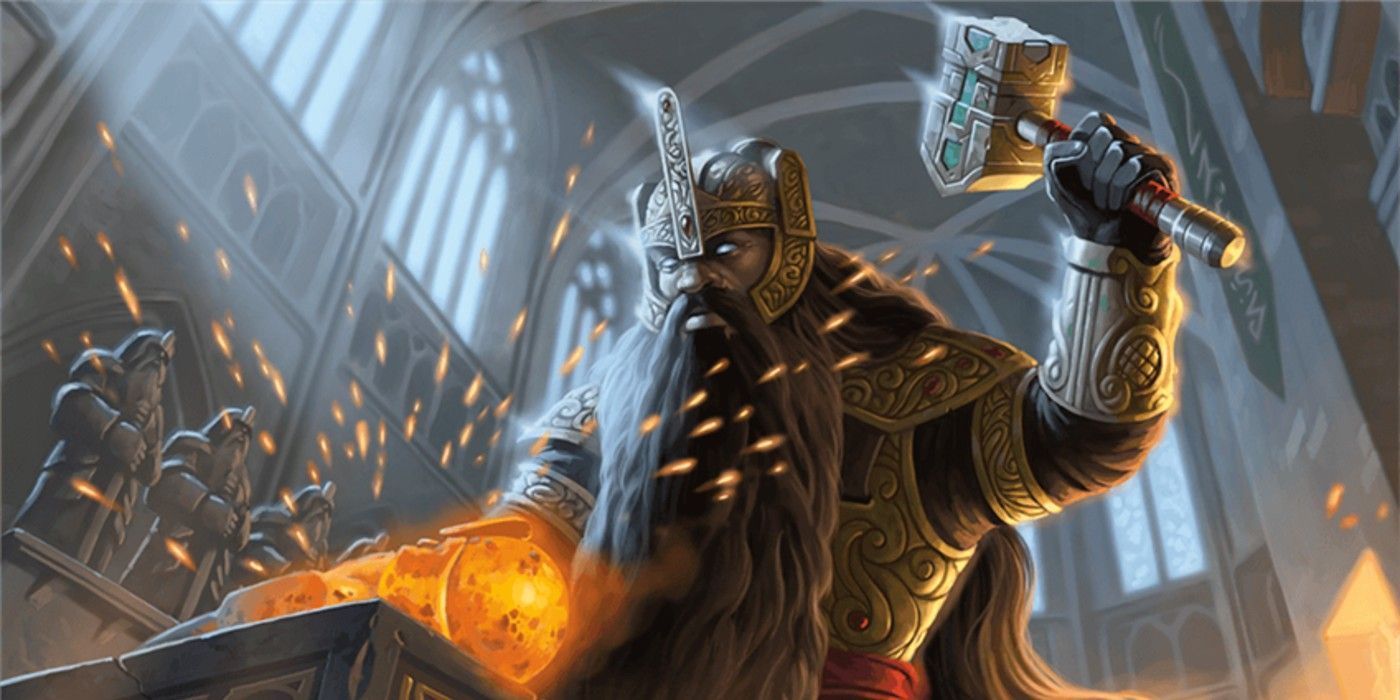Ever since the newest sourcebook for Dungeons and Dragons, Tasha's Cauldron of Everything, released, fans have been discussing the new content and how to implement it into their playstyles. The book includes 22 subclasses for DnD that haven't been accepted into the canon before, although they're not all new to players. Some of the content is Unearthed Arcana (UA), meaning they're drafts or betas of material that may be officially released later.
Some, but not all, DMs accept UA at their tables, and one of the primary rules of Dungeons and Dragons is that the DM's word is final in the game. Some DMs have decided against allowing Tasha's Cauldron content in their games, and the sourcebook explicitly states that all of the material within is optional. It's not uncommon for DMs to disallow certain sources or content they don't feel fits with their particular playstyles or themes of the game. One of the classes that received some extra content in Tasha's Cauldron of Everything, the artificer, is definitely not something every DM wants to play with, depending on the level of technology involved in their game.
The artificer subclasses, or specialties, that Tasha's Cauldron includes are the Alchemist, Armorer, Artillerist, and Battle Smith. The Armorer is an interesting specialty that creates and wears a suit of armor somewhat like Tony Stark's Iron Man suit. The Armorer's suit of armor is their defense, their weapon, and the way they channel their magic. It's an interesting exercise to look into what kind of character creating options can help optimize an Armorer build, as well as some interesting options for backstory writing and roleplay. Of course, DnD players' imaginations are practically endless, and the creative concept or inspiration an individual player draws from to make their character may be the best choice for them.
Tools of the Trade
Armorers get proficiency with heavy armor and smith's tools when they specialize into this subclass at level 3. However, if the character already specializes in smith's tools, they get an additional artisan's tool proficiency. According to the 5e Player's Handbook, characters with the Folk Hero or Guild Artisan background get to pick an artisan's tool proficiency, including smith's tools. Tasha's Cauldron already recommends Guild Artisan as a background for artificers for quick builds. Combining this background and subclass can create some interesting backgrounds, like a guild Armorer who trained in hammering stone as well as metal and also uses the Mason's tools.
Arcane Armor
If a level 3 (or higher) Armorer uses their smith's tools on a suit of armor, they can create a special item called Arcane Armor, which has a few useful bonuses. For one, it nixes the Strength score requirement that some heavy armor types have, like Chain Mail at 13 and Splint Mail and Plate Mail both at 15. When allocating Ability scores in DnD, it's important to keep class in mind, and generally, artificers need higher Intelligence and Constitution than anything else. Given that artificers only have proficiency in simple weapons and are spellcasters, it's not likely that most builds will rely on Strength anyway, barring some more unique concepts.
Another function of the Arcane Armor is that it covers the character's entire body, complete with a retractable helmet, and can replace missing limbs, like Star Wars' Darth Vader. This gives some interesting backstory fodder for characters who lost a limb or two and perhaps go through a journey in-game to build a suit of armor that can act as a prosthetic.
The armor model can be further specialized to either the Guardian or Infiltrator model. Guardian armor is meant for frontline fighting, and includes thunder damage-dealing gauntlets and a defensive field. The Infiltrator model is perfect for characters leaning into a Stealth character build, maybe with a rogue multiclass. Using heavy armor to make into Infiltrator Arcane Armor cancels out the disadvantage on Stealth checks that usually comes with some heavy armor. However, using lighter armor can grant an advantage on Stealth rolls, so players should weigh both options and see what's more important to them.
Armorers get some more nifty features, like an extra attack at 5th level and armor modifications at 9th level. There are a lot of factors that go into a DnD character build, like the campaign setting, theme of the game, other members of the party, and the general goals of the DM and players. The Armorer specialty offers players some fun options to play with, should they be offered the choice to use Tasha's Cauldron content in their game.
Dungeons and Dragons is available now.



